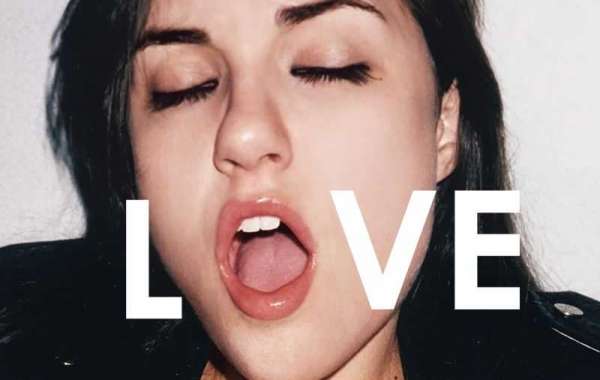Villains are the dark shadows that loom over the cinematic landscape, serving as essential catalysts for conflict, character development, and thematic exploration. From cackling malevolent masterminds to multifaceted and morally ambiguous antagonists, the portrayal of villains in cinema has evolved into a nuanced and captivating art form. This article delves into the intricate role of villains, exploring their impact on storytelling, their psychological complexity, and their ability to elevate cinematic narratives to new heights.Archetypes of Evil: The Birth of Iconic VillainyThroughout cinematic history, villains have taken on various archetypal roles that embody different facets of evil. This section explores the origins of iconic villainous archetypes, from the mustache-twirling villains of early cinema to the enigmatic masterminds that emerged in the Golden Age of Hollywood. Through examples like Dracula, Norman Bates, and Hannibal Lecter, we analyze how these characters set the stage for the evolution of cinematic villainy.Beyond Black and White: The Rise of Complex AntagonistsThe cinematic landscape has evolved to embrace villains who defy traditional notions of good and evil. This section delves into the era of complex antagonists, where shades of gray blur the lines between hero and villain. By examining characters like Loki, Darth Vader, and the Joker, we explore how modern cinema has introduced multidimensional villains with motives, traumas, and relatable human qualities.The Villain's Arc: Catalysts for Character DevelopmentVillains serve as crucial catalysts for the growth and transformation of protagonists. This section explores how antagonists challenge the moral compass of main characters, forcing them to confront their weaknesses, beliefs, and desires. We analyze how characters like Gollum and Nurse Ratched drive the protagonists' internal conflicts, highlighting the integral role villains play in shaping character arcs.Moral Ambiguity and Empathy: The Art of Humanizing VillainsModern cinema has embraced the art of humanizing villains, shedding light on the motivations behind their malevolent actions. This section delves into how filmmakers create empathy for villains by delving into their backgrounds, traumas, and vulnerabilities. Through characters like Magneto and Killmonger, we discuss how this approach adds layers of complexity to villains and challenges audience perceptions.The Villain as Mirror: Reflections of Society and CultureVillains often serve as reflections of societal fears, anxieties, and values. This section examines how cinematic antagonists embody cultural and social issues, becoming allegorical figures that shed light on real-world concerns. By analyzing films like "Get Out" and "The Dark Knight," we explore how villains become mirrors that prompt introspection and societal dialogue.Challenging Conventions: Gender and Diversity in VillainyThe portrayal of villains has evolved to challenge gender and diversity conventions, leading to more inclusive and dynamic antagonist roles. This section explores how cinema has diversified its portrayal of villains, featuring characters like Maleficent and Killmonger who subvert traditional archetypes. We discuss how this evolution enriches storytelling and contributes to greater representation.Redemption and Transformation: Villains as Catalysts for ChangeSome villains undergo transformation and redemption arcs that add layers of depth to their characters. This section delves into how villains like Severus Snape and Darth Vader are redeemed through acts of sacrifice and self-discovery, creating powerful narrative moments that resonate with audiences on a profound level.Conclusion:The role of villains in cinema is a dynamic and essential one, weaving intricate threads into the tapestry of storytelling. From their origins as archetypal embodiments of evil to their current status as complex and empathetic characters, villains have evolved into catalysts for conflict, growth, and thematic exploration. As cinema continues to evolve, the portrayal of villains will remain a compelling and indispensable aspect of storytelling, reminding us of the delicate dance between light and darkness that defines the human experience. Primary source - xnxx brat
Søg
- Friendly Websites www.wsisw.com www.bybit.com www.temu.com www.ebay.com www.adsy.com www.iherb.com www.whmcs.com www.secsers.com www.cambly.com www.binance.com www.displate.com www.magenet.com www.gainrock.com www.seoclerks.com www.aliexpress.com www.freelancer.com www.rankranger.com www.wehaveoffer.com www.qrmenutable.com www.coinpayments.net www.linksmanagement.com
Populære opslag










